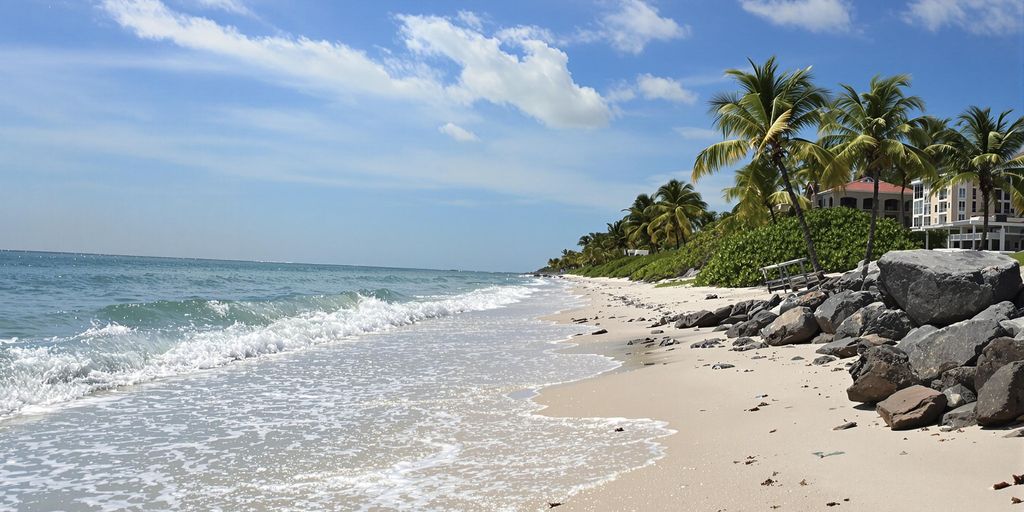Florida’s rental market is experiencing significant fluctuations, largely driven by seasonal demand. From the influx of "snowbirds" during the winter months to the summer slowdown, renters and property owners alike are navigating a dynamic landscape where timing can mean substantial savings or increased costs.
Winter Rent Surge: The Snowbird Effect
Florida’s popularity as a winter destination for those escaping colder climates leads to a significant surge in rental demand between November and April. This period, particularly January through March, sees "snowbirds" and tourists flocking to the state, driving up rental prices. Beachside locations and areas near golf courses are especially affected, with prices potentially increasing by 20-50% compared to off-peak times.
Summer Slowdown and Savings Opportunities
Conversely, the summer months, from June to November, typically represent the off-season for Florida rentals. The peak heat, humidity, and hurricane season deter many tourists, leading to a decrease in demand. Landlords often respond by lowering rental prices and offering incentives like free rent or reduced security deposits to attract tenants. This period presents an ideal opportunity for locals and new residents to secure more affordable housing.
Transitional Seasons and College Town Dynamics
Spring and autumn act as transitional periods in Florida’s rental market. In spring, as "snowbirds" depart, prices may dip slightly, though demand can remain steady due to students and families relocating. Fall sees a gradual increase in prices as property owners anticipate the upcoming winter season. College towns exhibit their own unique rental cycles, with peak demand and prices occurring in late summer as students return for the academic year, followed by a slight dip during winter breaks.
Key Takeaways for Renters and Owners
- For Renters: Timing is crucial. Summer offers the best deals for long-term leases, while securing short-term rentals during peak winter season requires advance booking to avoid inflated prices.
- For Property Owners: Adjusting rental prices strategically based on seasonal demand can significantly impact revenue. Capitalizing on the winter "snowbird" season and offering concessions during the summer slowdown are key strategies.
Impact on Short-Term Rentals and Major Cities
Short-term rentals, such as vacation homes and Airbnb properties, experience the most pronounced seasonal price swings. Tourist hotspots like Orlando, Miami Beach, and Key West can see prices double or even triple during peak travel times, including holidays and spring break. While major metropolitan areas like Miami and Orlando tend to have more consistent demand due to year-round job opportunities, they are not entirely immune to seasonal adjustments.
Navigating Florida’s Volatile Rental Market
Understanding these seasonal trends is essential for anyone involved in Florida’s rental market. Whether seeking the best value as a tenant or aiming for maximum profitability as a landlord, awareness of the cyclical nature of demand can lead to more informed decisions and better outcomes.
Sources
- How Seasonal Demand Affects Rent Prices in Florida, Sarasota Magazine.
- How Seasonal Demand Affects Florida Rent Prices, | Florida Realtors.


